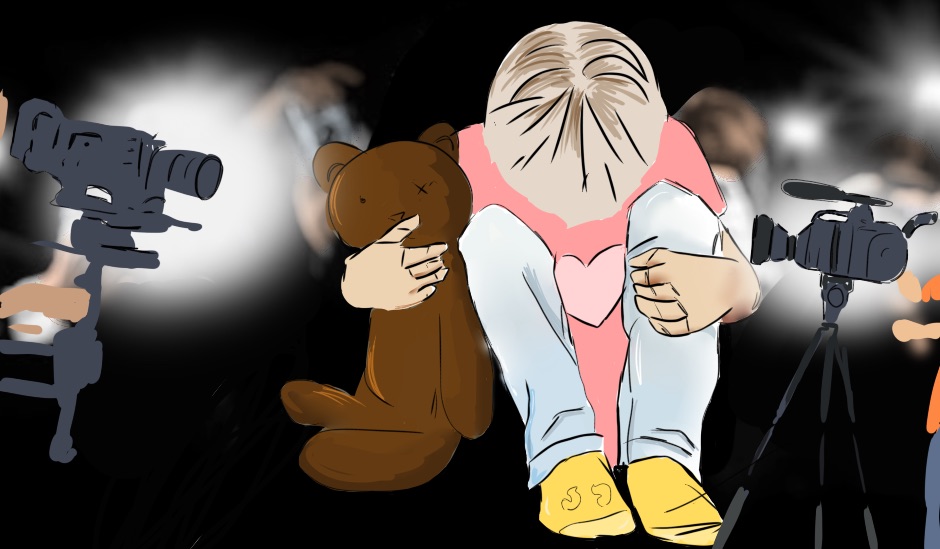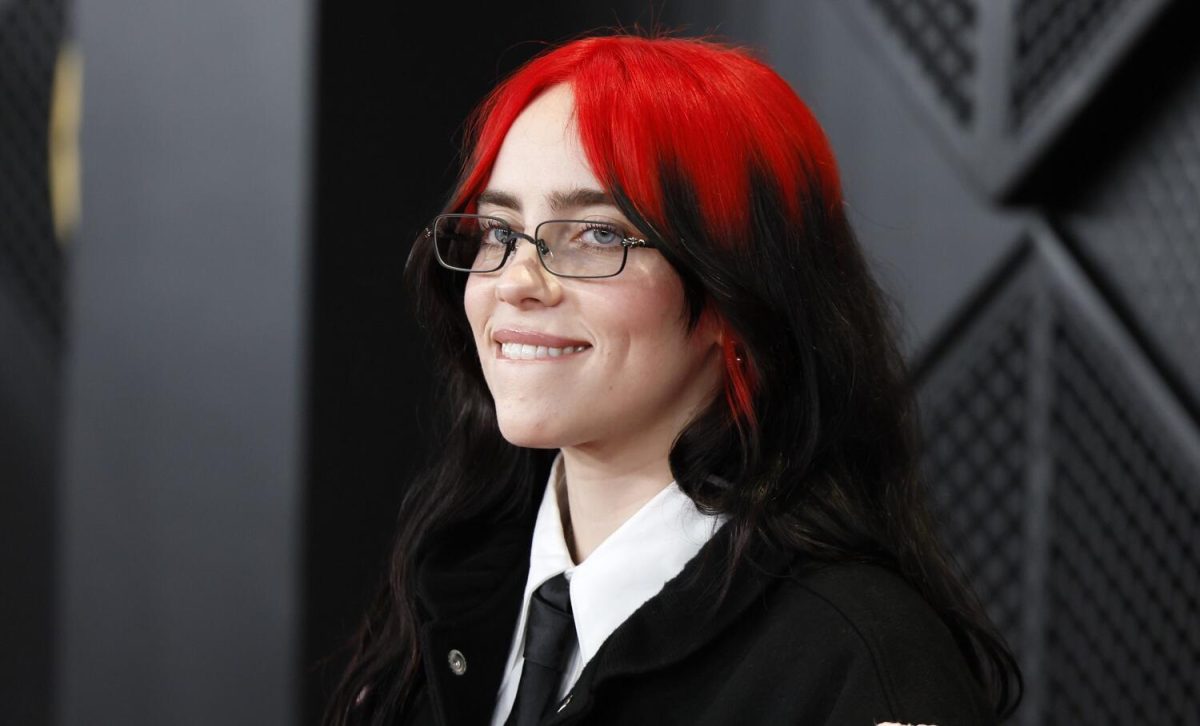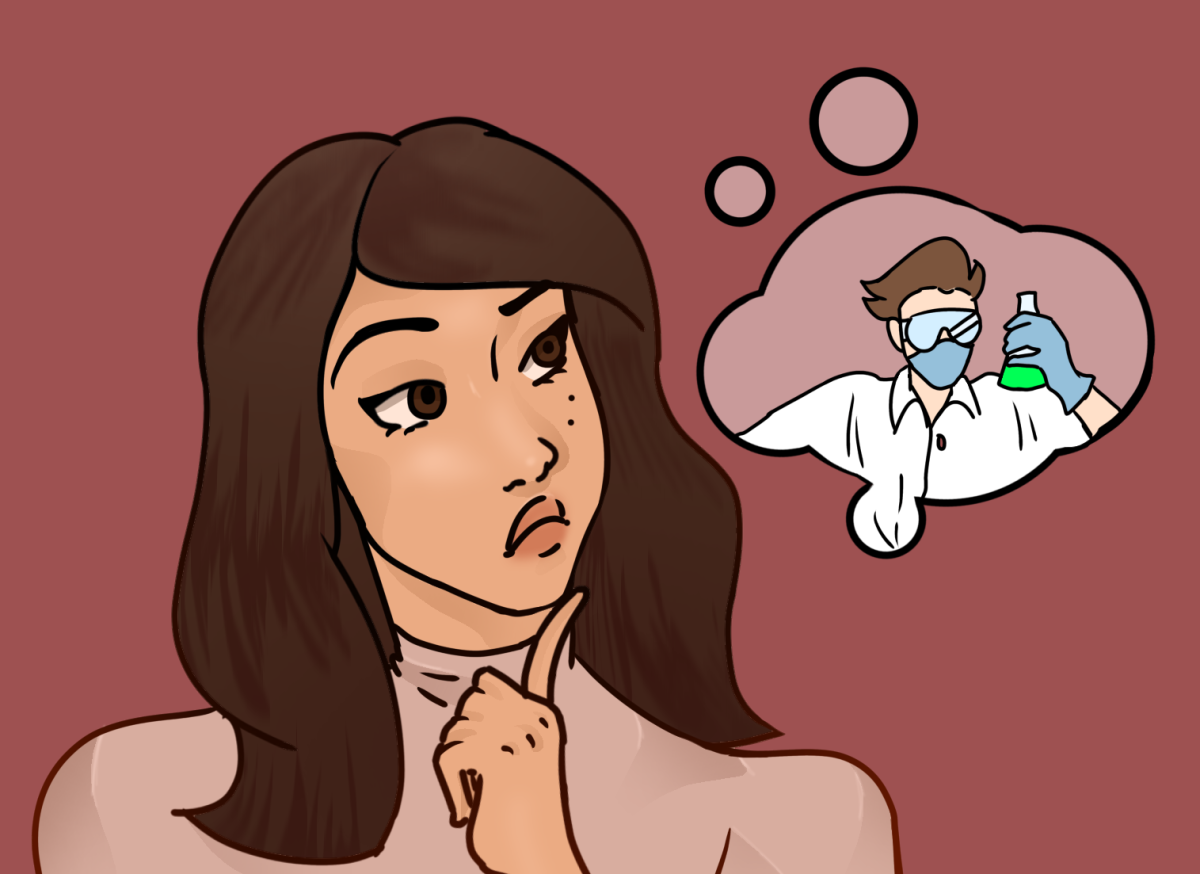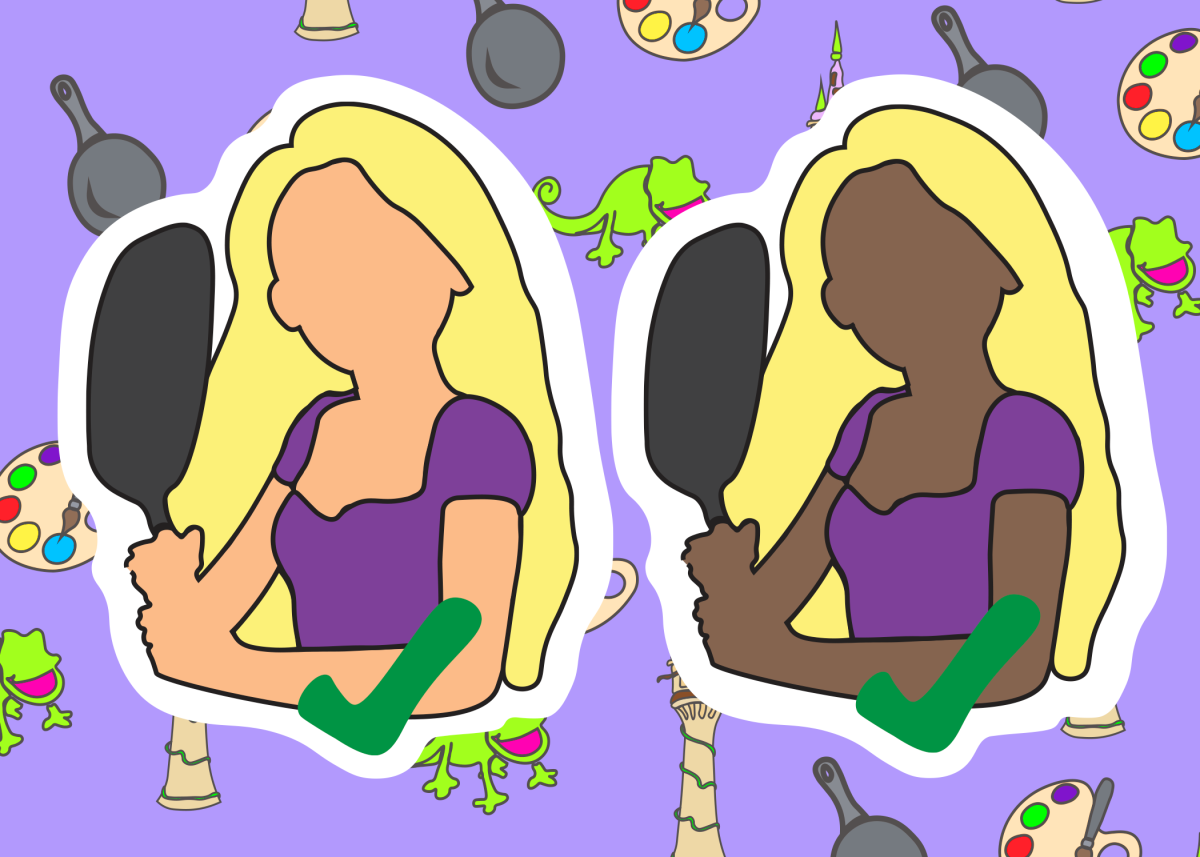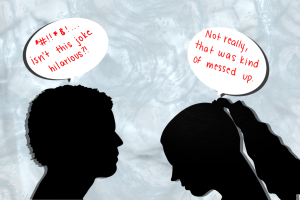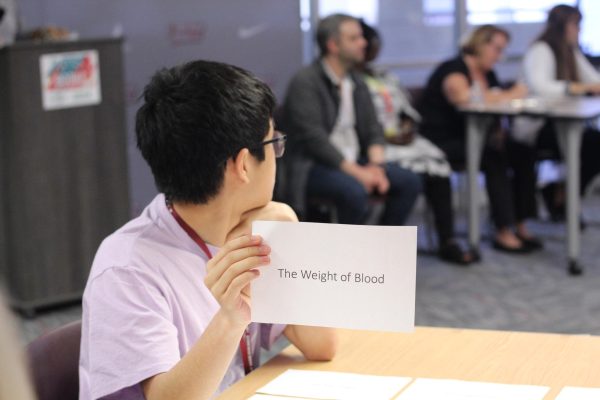[Opinion] Films regularly portray toxic relationships, normalizing them and depicting them as desirable
Romance in movies and other media can be an integral part of the story. However, some movies when trying to make it cute, end up romanticizing toxic traits.
February 27, 2023
Media consumption has proven to be directly linked to high expectations of romance and marriage. Romance films influence people’s perceptions of love and relationships, making the ways in which couples are portrayed in the media increasingly important. Yet, the romanticism of toxic relationships in movies is a practice that has thrived for decades.
This is not to say that the representation of toxic relationships on screen is inherently problematic. When they are done properly and with the intention of toxicity, they can provide social commentary and help to further a story’s progression, without portraying to viewers that such relationships are desirable.
Yet, many films and Rom-Coms in particular, unintentionally depict toxic relationships, as the romances they chronicle are created with the purpose of being healthy and worthy of an audience’s approval and admiration. However, these same movies often contain elements that are made to seem romantic in the media, but would be considered toxic in reality. Among these elements are things such as jealousy, assault, manipulation and the engagement in otherwise destructive and disdainful behavior.
“[Toxic relationships] become this basis of what teens want in real relationships and makes them think what the toxic people are doing is okay,” freshman Emma Schwartz said. “Media tends to portray toxic people as the good guys when they aren’t.”
One of the arguably most well-known romance movies is “Twilight,” which is a prime example of several of these phenomenons. While the point of the film and its sequels is to explore the eternal love of its two main characters, Bella and Edward, much of the story centers around toxic behavior being framed as romantic. Edward stalks Bella, breaks into her house to watch her sleep, controls the people she interacts with, and threatens to commit suicide if he must go on without her. All of this is portrayed as a sign of their everlasting and all consuming love, but when further explored is simply controlling and disturbing.
Another film that displays a similar form of toxicity is “The Kissing Booth,” in which a character named Elle begins a relationship with Noah, who consistently commits acts worthy of contempt. For example, in an effort to keep other men away from Elle, he threatens them, not only displaying jealousy but an apparent distrust in Elle and her loyalty. This and many of his other actions are then depicted in a positive light, conveying to an audience that this behavior should be accepted instead of opposed.
Then, there are Rom-Coms such as “How to Lose a Guy in 10 Days,” in which relationships are established through manipulation. In this film, both main characters enter into a romance in which their primary reason for doing so is the manipulation of the other. The male love interest, Ben, has made a bet that he can get the female love interest, Andie, to fall in love with him in ten days, while Andie is trying to get Ben to dump her within the same time frame. This sets off the movie’s subsequent plot, in which both of the character’s actions are not true to themselves, but made in a calculated attempt to accomplish their previously established goals.
Further exploring manipulation as a plot point, there is the movie “Hitch,” which places a focus on one of the main characters, Alex’s, profession as a “date doctor.” This profession entails coaching men to seduce women. He teaches them the ways in which they should alter their personality and actions in order to influence and persuade women to fall in love with them, an action manipulative in its own right. The movie then justifies this by claiming that it is done in the name of love and without the intention of manipulation, but rather to give men a chance with women who they would not otherwise stand a chance with.
Moving on, there are also movies in which a vital plotpoint is the altering of a character’s appearance in order to gain the attraction of their desired partner. Both “The Breakfast Club” and “Grease,” utilize this trope in the relationships they portray. In “Grease,” Sandy, the summer sweetheart of Danny, ends up transferring to his school at the beginning of the year. Yet, her “good girl” tendencies and dress make her an unacceptable suitor for Danny, as a result of the crowd he runs in. Therefore, at the end of the film, Sandy ends up changing her appearance to please him.
A similar occurrence can be viewed in “The Breakfast Club,” during which a character named Allison is given a makeover that completely transforms her looks and accordingly, attracts the attention of Andrew, whom she ends up with. Nevertheless, this is not the only instance of a toxic relationship in the film. Another, involves sexual assault. This occurs when the character of John, decides to take a peek under Claire’s skirt, with the scene going on to heavily imply that he inappropriately touched her as well. This is never addressed or brought up again and at the end of the movie, the two characters even end up in a relationship.
As a result of viewing media that romanticizes such harmful traits, teenagers may then get the impression that toxic behavior in relationships is not just tolerable, but desirable. Therefore, it is increasingly important that writers and directors become more aware of the romances that they portray in their films and the subsequent messages sent to viewers.





